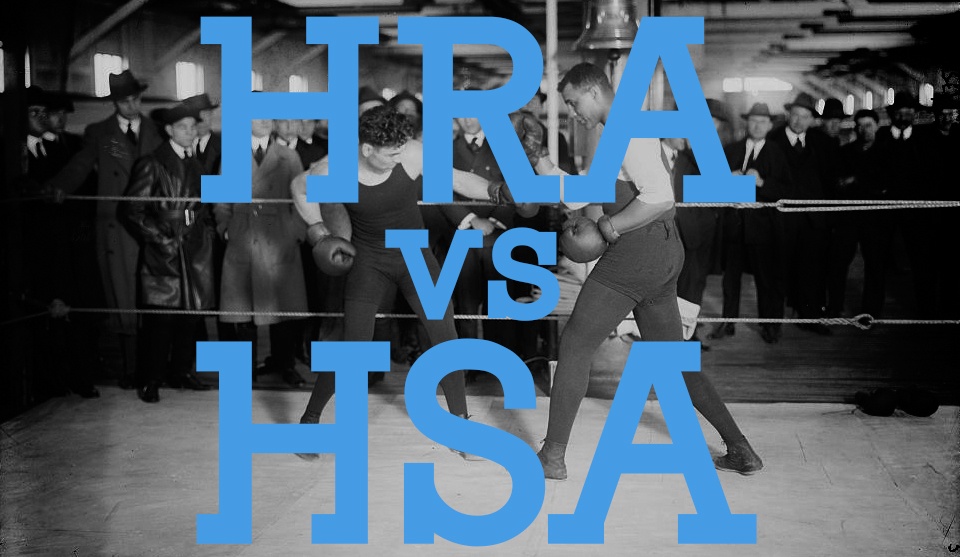The healthcare landscape looks quite different than it did 20 years ago. In the 1990’s, getting decent health insurance through your employer wasn’t unheard of — it was assumed. But back then, healthcare wasn’t nearly as expensive; rates have increased every year for nearly two decades and it’s unlikely they’ll reverse course anytime soon.
In order to afford health benefits for employees, many businesses have had to restructure their offerings, causing a rise in the popularity of high deductible health plans (HDHPs). In 2015, nearly one-third of large employers chose to only offer high deductible health plans to employees and over 80 percent added HDHPs to their list of health insurance offerings.
Because HDHPs don’t seem to be going away anytime soon, it’s important that all business owners and employees familiarize themselves with how these plans function.
The History of High Deductible Health Plans
Healthcare costs began to increase noticeably (and more consistently) around the year 2000. In 2009, the Kaiser Family Foundation reported a 131 percent increase in family premiums (105 percent for individuals) over the previous decade. Since then, premiums have continued along the same path. Between 2009 and 2013, family and individual premiums each increased about 78 percent — with no realistic end in sight.
In the early 2000’s, as health insurance prices increased, businesses providing healthcare for employees began looking for ways to save money. At that point, high deductible health plans were few and far between, but some companies picked them up, believing that it was their best option.





















